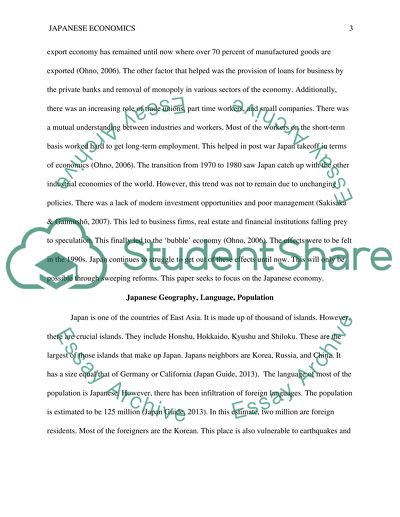Cite this document
(“Japanese Economics Research Paper Example | Topics and Well Written Essays - 2250 words”, n.d.)
Retrieved from https://studentshare.org/macro-microeconomics/1477554-japanese-economics
Retrieved from https://studentshare.org/macro-microeconomics/1477554-japanese-economics
(Japanese Economics Research Paper Example | Topics and Well Written Essays - 2250 Words)
https://studentshare.org/macro-microeconomics/1477554-japanese-economics.
https://studentshare.org/macro-microeconomics/1477554-japanese-economics.
“Japanese Economics Research Paper Example | Topics and Well Written Essays - 2250 Words”, n.d. https://studentshare.org/macro-microeconomics/1477554-japanese-economics.


